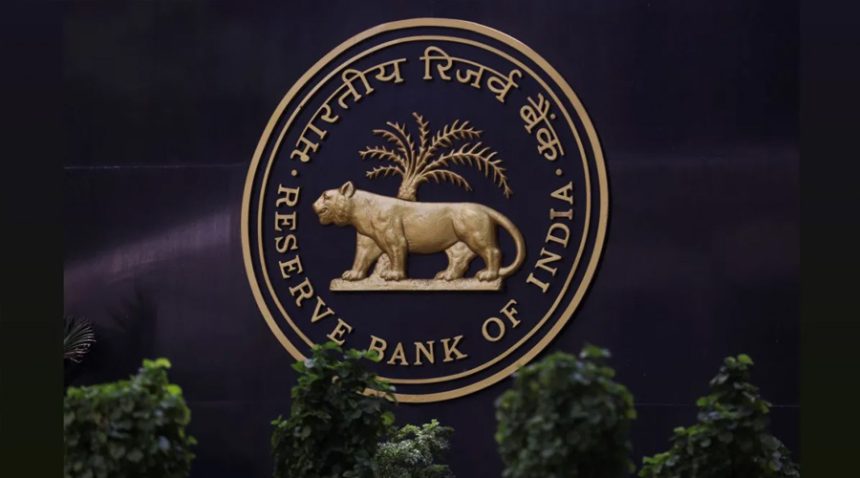With repo down to 5.50%, EMIs drop, credit flows rise, and growth gets a fresh push
The Reserve Bank of India (RBI) announced a large rate cut in June 2025. The central bank reduced the repo rate by 50 basis points, bringing it down to 5.50%. Along with this, it also cut the Cash Reserve Ratio (CRR) by 100 basis points, lowering it to 3%. This double-step action aims to make borrowing cheaper and increase the flow of money in the economy. The decision marks one of the sharpest policy changes in recent years and is expected to have a wide-ranging impact on markets, banks, and everyday borrowers.
A Bold Policy Shift
The rate cut reflects a shift in the RBI’s monetary policy stance. The central bank moved from an “accommodative” to a “neutral” policy, which means it will now assess future rate changes based on how the economy performs. This change came even though inflation is under control and within the RBI’s 4% target. However, slower economic growth and weaker private investment prompted the central bank to act swiftly.
By reducing the repo rate, the RBI hopes to encourage more borrowing by making loans cheaper for individuals and businesses. The cut in CRR is meant to provide banks with more funds to lend. Together, these steps are designed to boost demand, spur investment, and support economic growth.
Bond Markets React to the Cut
Bond markets showed mixed reactions initially. After the rate cut, the yield on India’s 10-year government bond rose briefly by about 10 basis points. This increase showed that investors were cautious about how the market would digest the news. However, this rise in yields soon settled, and now bond traders expect yields to move closer to the 6% mark in the coming months.
The RBI is currently holding a large quantity of government bonds, more than ₹14.9 lakh crore. This huge holding has come from past purchases made through open market operations. As some of these bonds mature in the next financial year, the central bank may reduce its buying pace, which could affect bond yields further.
Short-term interest rates for instruments like certificates of deposit (CDs) and corporate bonds have already declined by 15 to 20 basis points. Investors looking for good returns may now shift their focus to higher-yield bonds, as further cuts may not come immediately.
Banks Begin to Pass on the Benefit
After the RBI’s announcement, banks started lowering their interest rates. Leading public sector banks like State Bank of India (SBI), Punjab National Bank, and Bank of Baroda quickly reduced their repo-linked lending rates by nearly the full 50 basis points. This means that new loans—especially home and business loans—are now being offered at cheaper interest rates.
Private banks are also adjusting their rates. According to senior executives, credit demand is expected to rise gradually. As more people and businesses take loans, banks will attract new deposits, which will help maintain the balance between lending and saving.
However, some experts believe that the full effect of the rate cut may take a few months to show. In particular, small businesses and new home buyers might take more time before increasing their borrowing. The central bank has made it clear that banks must pass on the benefits quickly so the real economy can gain momentum.
Borrowers Stand to Gain the Most
For ordinary borrowers, the rate cut brings immediate benefits. Home loan EMIs are expected to fall significantly. For example, someone repaying a ₹1 crore home loan over 20 years could save over ₹3,000 per month. That translates to savings of up to ₹50,000–₹60,000 a year, depending on the loan amount and tenure.
This cut will also benefit small and medium enterprises (SMEs), students taking education loans, and consumers planning car or personal loans. With lower interest payments, borrowers may have more disposable income, which could boost spending in other areas.
At the same time, lower borrowing costs can encourage more people to buy homes, invest in businesses, or upgrade equipment. This increased activity could help revive sectors like real estate, construction, and manufacturing, all important for job creation and growth.
Economic Growth Gets a Push
The rate cut comes at a time when India’s growth numbers are below expectations. Despite strong headline figures, several economic indicators such as car sales, household savings, and private sector investment show signs of weakness. The RBI is using the current low-inflation environment to push for stronger growth.
The central bank’s goal is to raise India’s growth rate from the current 6.5% level to a more robust 7% or more. By making credit cheaper and more accessible, the RBI hopes to support consumption and investment. Sectors like housing, manufacturing, and small businesses are expected to benefit the most.
Credit rating agencies believe that loan growth will improve in the second half of the current financial year. Financial institutions may take some time to adjust, but the signs suggest that a recovery in credit demand is possible over the next few quarters.
Challenges and Cautions Ahead
While the rate cut brings positive energy into the market, there are also some concerns. The RBI now has limited room for further easing. With the CRR already reduced sharply and the repo rate at a multi-year low, any additional cuts will require clear evidence of slowdown or falling inflation.
Another challenge is ensuring that banks pass on the benefit to borrowers. In the past, there have been delays in the full transmission of rate cuts. Moreover, banks are facing pressure on their deposit rates, which may affect their margins.
There is also the risk of borrowers taking on too much debt, especially if economic growth does not pick up as expected. Rising oil prices, geopolitical tensions, or poor monsoon rains could affect consumer confidence and delay spending.
Looking Ahead
The RBI has left the door open for more changes in the future. Depending on how the economy performs over the next few months, another rate cut of 25 basis points could be considered later in the year. However, for now, the focus will remain on watching inflation, consumer demand, and credit growth.
Investors, banks, and policymakers will also keep an eye on global trends, including interest rates in the US and Europe, as well as commodity prices. A stable global environment will help India make the most of its monetary easing efforts.





